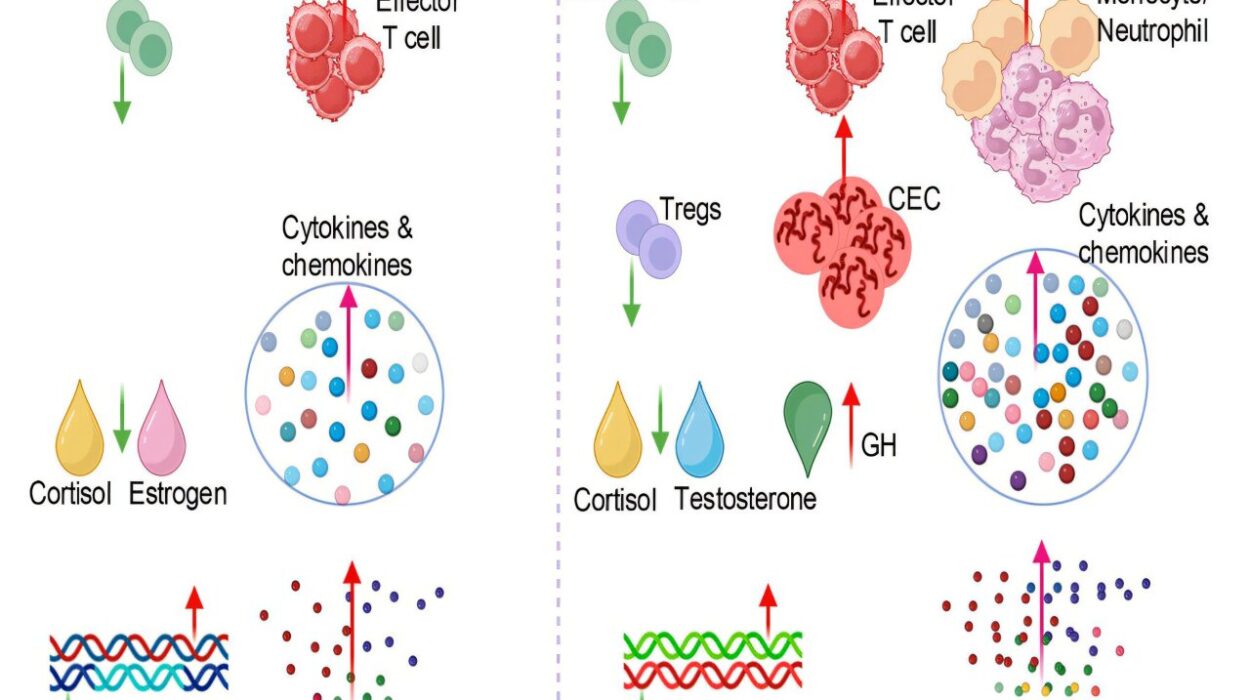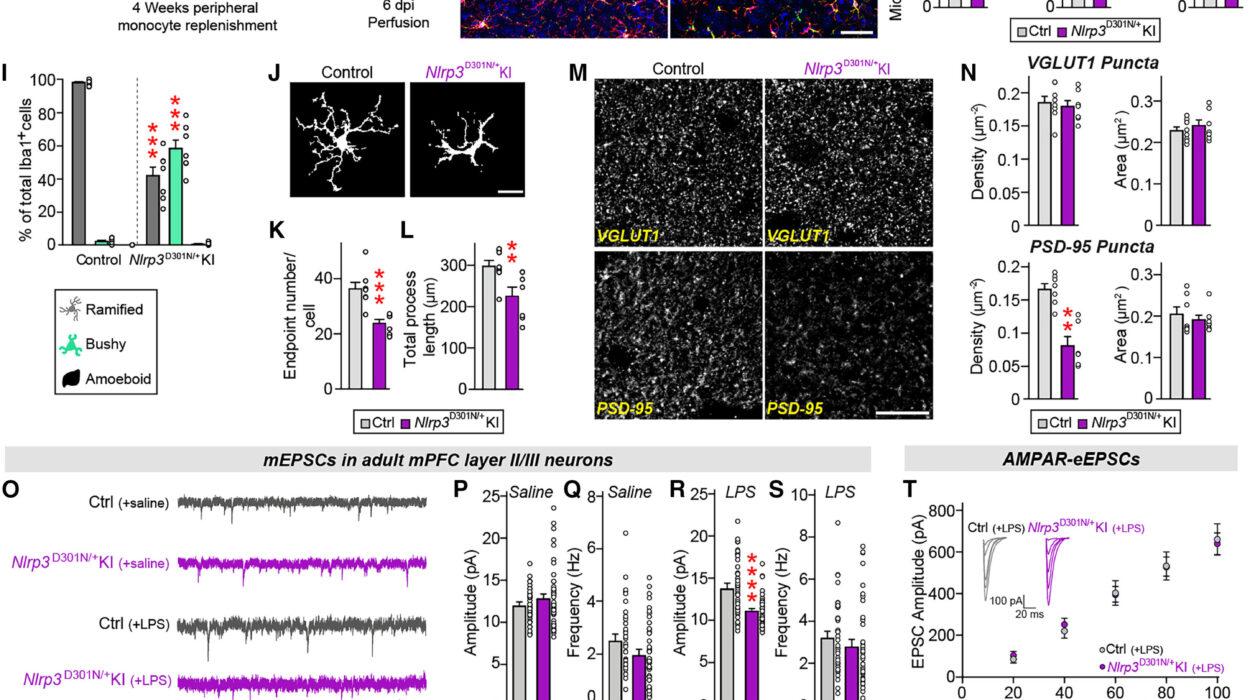Breastfeeding is one of the most intimate and profound connections a mother can share with her baby. It is both biological and emotional, a moment where science meets tenderness. For the infant, breastfeeding provides the ideal nutrition—tailored perfectly to their needs, evolving as they grow, and filled with antibodies that help protect them from illness. For the mother, it is more than feeding; it is nurturing, bonding, and affirming the timeless rhythm of life passed down through generations.
Despite being natural, breastfeeding is not always effortless. Many mothers discover that what is often portrayed as instinctive can come with real challenges. Latching difficulties, concerns about milk supply, and physical discomfort are experiences shared by millions of women around the world. Yet, with knowledge, support, and patience, these hurdles can be overcome, turning frustration into confidence and uncertainty into empowerment.
This article explores the essentials of breastfeeding—how latching works, how milk supply is established and maintained, and how to navigate the common challenges. It will weave together scientific accuracy with compassionate understanding, recognizing that breastfeeding is not just a biological process but also an emotional journey.
Understanding the Importance of Breastfeeding
Breast milk is sometimes referred to as “liquid gold,” and for good reason. It is uniquely designed by nature to support growth, immunity, and development. No formula can truly replicate its living, dynamic composition.
For newborns, breast milk provides the perfect balance of carbohydrates, proteins, and fats, along with vitamins and minerals. It contains antibodies, enzymes, and hormones that strengthen the immune system and promote healthy growth. The composition of breast milk even changes from one feeding to the next—colostrum, the first milk, is rich in protective antibodies and proteins, while mature milk later provides higher fat content for energy and brain development.
Breastfeeding benefits mothers, too. It stimulates the release of oxytocin, a hormone that helps the uterus contract after birth and fosters emotional bonding. Over the long term, breastfeeding lowers the risk of breast and ovarian cancers, type 2 diabetes, and postpartum depression.
Beyond biology, breastfeeding is also an act of connection. The closeness, warmth, and skin-to-skin contact during feeding strengthen the emotional ties between mother and child. This dual role of nourishment and bonding makes breastfeeding a cornerstone of early human development.
Latching: The Foundation of Breastfeeding
The success of breastfeeding often begins with a good latch. Latching refers to how the baby takes the breast into their mouth. A deep, comfortable latch allows the baby to effectively extract milk and minimizes discomfort for the mother.
When latching is correct, the baby’s mouth should cover not only the nipple but also a large portion of the areola, the darker skin surrounding it. The baby’s lips should be flanged outward, chin touching the breast, and nose close but not pressed in. The tongue plays a critical role, cupping the breast and creating a rhythmic suction that draws out milk.
Signs of a good latch include a steady suck-swallow-breathe pattern, the absence of clicking sounds, and no pain for the mother beyond initial tenderness. Conversely, a shallow latch may result in sore nipples, poor milk transfer, and a frustrated baby who seems constantly hungry.
For many new mothers, finding the right latch is not immediate. Guidance from lactation consultants, nurses, or experienced mothers can make an enormous difference. Adjusting positioning—whether cradle hold, football hold, or side-lying—often helps. Patience and practice are key, as each baby has their own rhythm and learning curve.
The Science of Milk Supply
One of the most common concerns mothers face is whether they are producing enough milk. The science behind milk supply is both fascinating and reassuring: in most cases, the body is perfectly designed to meet the baby’s needs.
Milk production operates on a supply-and-demand principle. The more often and effectively the baby nurses, the more milk the breasts produce. This is regulated by hormones—primarily prolactin, which stimulates milk production, and oxytocin, which triggers the let-down reflex, releasing milk.
In the first days after birth, the breasts produce colostrum, a thick, yellowish liquid rich in antibodies and nutrients. This small but potent amount is exactly what a newborn’s tiny stomach needs. As the days progress, transitional milk arrives, followed by mature milk, which adapts in composition as the baby grows.
Factors that can influence supply include feeding frequency, maternal hydration and nutrition, stress, and certain medications. Yet, contrary to common fears, most mothers are capable of producing enough milk if breastfeeding is established early and babies feed on demand rather than on a rigid schedule.
Cluster feeding—when babies nurse very frequently for several hours—is a normal behavior that signals the body to increase milk supply. Growth spurts often bring these intense feeding periods, and while exhausting, they are usually temporary. Understanding this natural cycle can reassure mothers that frequent feeding is not a sign of inadequacy but an essential part of building supply.
Common Challenges in Breastfeeding
Though breastfeeding is natural, it is not always easy. Mothers often encounter obstacles that test their patience and perseverance. These challenges are common and surmountable with knowledge and support.
Sore Nipples and Pain
Many new mothers experience nipple pain, especially in the early days. While some tenderness is normal, persistent or severe pain usually indicates an improper latch. Cracked or bleeding nipples can also occur. Correcting latch technique, using lanolin ointments, and giving nipples time to air-dry can aid healing.
Engorgement
Engorgement happens when breasts become overly full, leading to swelling, firmness, and discomfort. It often occurs in the early weeks as milk supply regulates. Nursing frequently, applying warm compresses before feeding, and expressing a little milk to soften the breast can help relieve engorgement.
Mastitis and Blocked Ducts
Mastitis is an infection of the breast tissue that results in pain, swelling, fever, and fatigue. It often stems from blocked milk ducts. Prompt treatment, including continued nursing, rest, and sometimes antibiotics, is essential. Blocked ducts alone may cause localized pain and lumps, which can usually be resolved through massage, warm compresses, and effective feeding.
Low Milk Supply Concerns
Although rare, some mothers may struggle with low supply due to hormonal conditions, prior surgeries, or other medical issues. Galactagogues (substances that promote lactation), both natural like fenugreek and medical when prescribed, may help. More often, however, perceived low supply is due to misunderstanding normal infant feeding patterns. Support and reassurance can make a tremendous difference.
Overactive Let-Down
Some mothers experience an overly strong let-down reflex, where milk flows too quickly. Babies may cough, gag, or pull off the breast. Adjusting feeding positions, allowing milk to spray into a cloth before latching, and nursing more frequently can help manage this.
Emotional Challenges
Beyond physical hurdles, breastfeeding can also bring emotional struggles. Mothers may feel overwhelmed, exhausted, or discouraged, especially when juggling recovery, sleep deprivation, and societal expectations. Postpartum depression or anxiety can further complicate the experience. Compassionate support from partners, family, and healthcare providers is essential to help mothers feel empowered rather than pressured.
The Role of Support and Education
One of the strongest predictors of successful breastfeeding is support—both practical and emotional. While biology sets the stage, culture, community, and healthcare play powerful roles in shaping the experience.
In many societies, breastfeeding has historically been surrounded by shared wisdom, with mothers, grandmothers, and communities guiding new mothers. In modern times, this support has often been replaced by fragmented advice and social pressures. Lactation consultants, breastfeeding support groups, and online communities now serve as vital resources for many mothers.
Partner involvement also makes a profound difference. While fathers or partners cannot breastfeed, they can offer encouragement, assist with positioning, manage household tasks, and provide emotional reassurance. A supportive environment reduces stress and allows mothers to focus on establishing breastfeeding with confidence.
Breastfeeding in the Modern World
The modern world presents unique challenges to breastfeeding. Returning to work, lack of public breastfeeding accommodations, and cultural stigma can make mothers feel conflicted or unsupported. Access to breast pumps and workplace policies that allow pumping breaks are essential in bridging the gap between biology and modern life.
Public acceptance of breastfeeding is also critical. Mothers often face pressure to cover up, nurse privately, or switch to formula for convenience. Yet normalization of breastfeeding in public spaces is key to ensuring that mothers feel comfortable feeding their babies whenever and wherever needed.
Global health organizations like the World Health Organization (WHO) and UNICEF strongly advocate for exclusive breastfeeding for the first six months of life, followed by continued breastfeeding with complementary foods up to two years and beyond. Meeting these recommendations requires not only individual effort but also societal structures that value and support breastfeeding mothers.
The Emotional Landscape of Breastfeeding
While breastfeeding is grounded in biology, its emotional dimension cannot be overlooked. For many mothers, the experience is filled with profound joy, closeness, and a sense of purpose. For others, it may bring frustration, guilt, or sadness when challenges arise.
It is important to acknowledge that every breastfeeding journey is unique. Not all mothers will breastfeed exclusively, and some may decide to wean earlier than guidelines recommend. This does not diminish the love they provide or the bond they share with their child. Feeding—whether through breast, bottle, or both—is always an act of care.
Recognizing the complexity of emotions around breastfeeding allows mothers to feel validated in their experiences, rather than judged. Compassion, rather than perfection, should be the guiding principle.
Weaning: A Natural Transition
Breastfeeding is not forever; it is a season in the life of mother and child. Weaning, the process of transitioning from breast milk to other foods, is as natural as breastfeeding itself. For some, weaning occurs gradually as the child begins eating solids. For others, it may be driven by maternal needs, medical reasons, or life circumstances.
The pace of weaning varies widely. Some children self-wean naturally, losing interest as they grow. Others may continue to breastfeed into toddlerhood, using it as a source of comfort as well as nutrition. There is no universally right time to wean—what matters most is that it feels right for both mother and child.
Weaning can bring mixed emotions: relief, sadness, nostalgia, or even liberation. Like breastfeeding, it is not only a physical transition but also an emotional one. Respecting this process and approaching it with gentleness allows it to be another step in the evolving bond between mother and child.
Conclusion: A Journey of Nourishment and Love
Breastfeeding is at once simple and complex—an act of feeding that encompasses biology, emotion, and culture. It begins with latching, is sustained by milk supply, and often faces challenges that require resilience and support. It is a journey shaped by hormones and heartbeats, by sleepless nights and moments of quiet connection.
For every mother, the journey is different. Some may find breastfeeding comes easily, while others may struggle with pain, supply issues, or societal pressures. But in all cases, breastfeeding is a testament to the profound connection between mother and child.
Science shows us that breast milk is unparalleled in its nutritional and immunological benefits. But equally important is the recognition that breastfeeding is not solely about biology—it is about love, closeness, and care. When mothers are supported, when their experiences are honored without judgment, breastfeeding becomes not only a means of survival but also a celebration of life’s most intimate bond.






